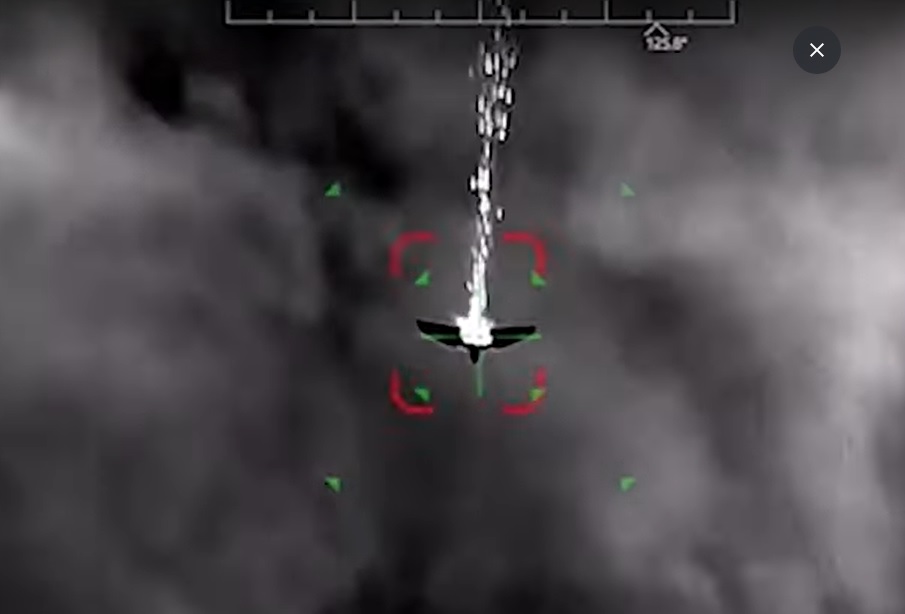This post is also available in:
 עברית (Hebrew)
עברית (Hebrew)
The US military has been leading an effort to develop portable high-energy lasers to damage or destroy unmanned aerial vehicles (UAVs) that are violating the airspace of military bases or other sensitive installations.
The Office of Naval Research (ONR) announced an $18.7 million contract to MZA Associates to develop the counter unmanned aerial vehicle (C-UAS) High Energy Laser Weapon System (HELWS) – a compact, portable, low-cost, and reliable system. Work is expected to be completed by August 2023, with a potential completion date of 2025 if all options are exercised.
Such a system potentially could enable U.S. Marines on the ground or sailors aboard surface warships to destroy, disable, or discourage potentially hostile UAVs flying too closely to Marine ground units, ships, or forward-deployed bases.
MZA joins the Raytheon Technologies Intelligence & Space segment in efforts to develop portable and mobile laser weapons for anti-UAV warfare.
Raytheon is providing the U.S. Air Force Research Laboratory with counter-UAV high-energy laser weapons for counter-drone operations. The company won a $13.1 million order in late 2019 to build a HELWS for six months of in-field evaluation against enemy UAVs.
The Raytheon prototype HELWS combines a solid-state laser weapon with a Raytheon multi-spectral targeting system. The unit mounts to a military RZR all-terrain vehicle. This results in an advanced, lightweight, and adaptable weapons system that enables military mobile light forces to defend against enemy UAVs in a wide variety of conditions and terrain.
The Office of Naval Research is supporting the development of directed-energy weapons that cause physical damage that degrades, neutralizes, defeats, or destroys enemy capabilities such as UAVs.
ONR researchers particularly are interested in laser components that offer high brightness, high power-beam-combining technologies, and controlled micro-channel optical component cooling methods that reduce thermal distortions for enhanced beam quality, according to intelligent-aerospace.com.
07


























